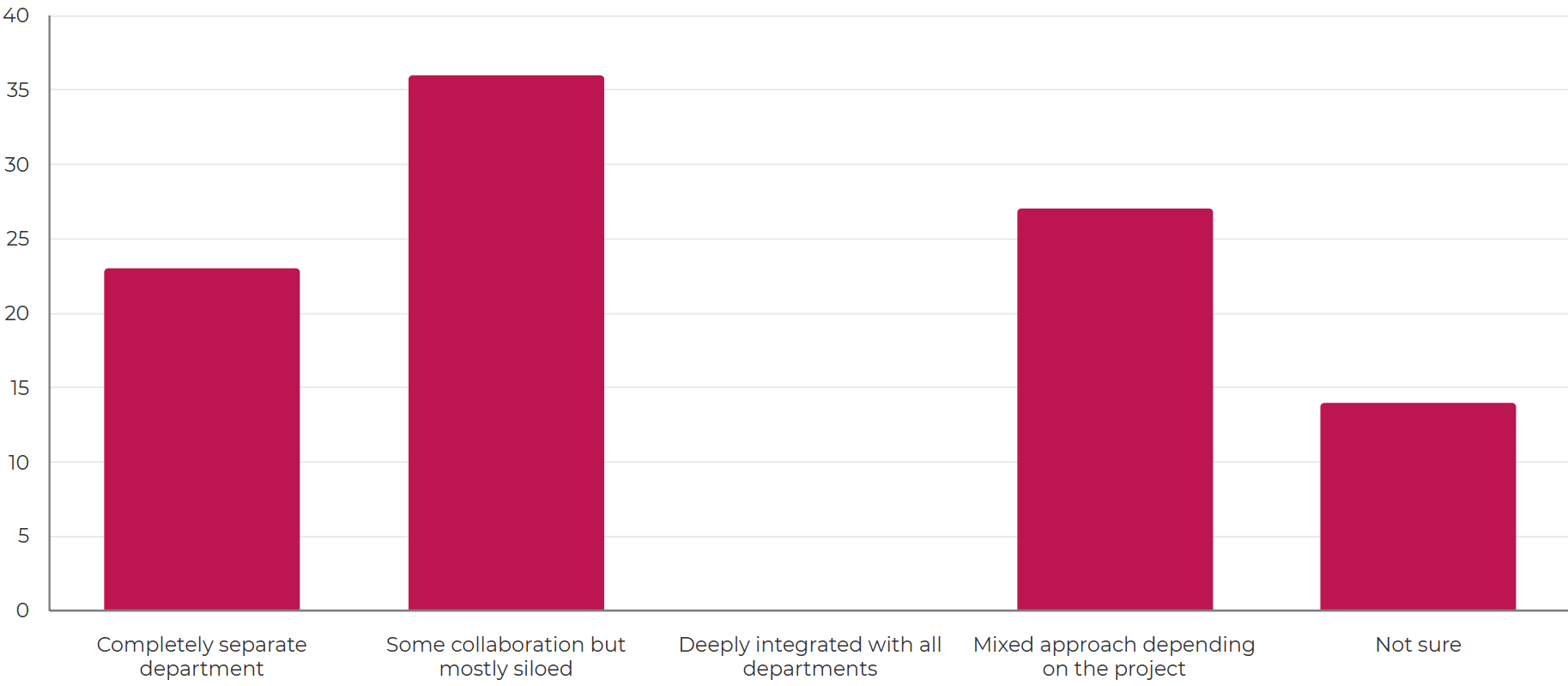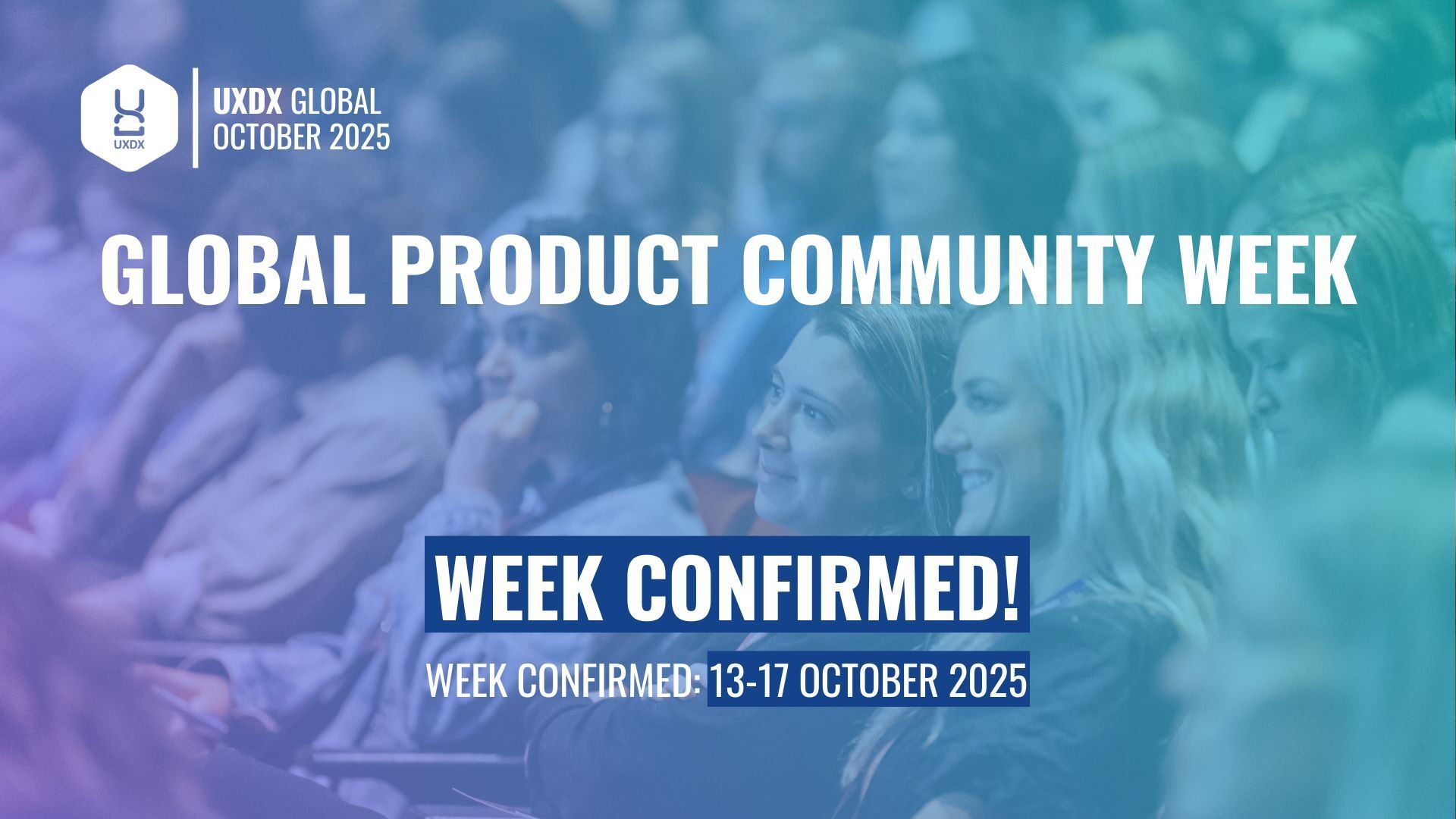- The Product Model
- Posts
- The Product Model #252 - Why We Work The Way We Work
The Product Model #252 - Why We Work The Way We Work
This Week’s Updates: Great Leadership, Building Products That Stick, Syntethic User Research, Trusting UX, Engineering Identity Crisis and more...

Why We Work The Way We Work
Our organsiational structures and management practices exist because they were the most successful way of working in the 20th Century. Unfortunately they are no longer the best fit given the expectations of the world today.
But there will always be pushback against any suggested changes because the current system is functioning well enough to keep the organisation afloat and change might have unexpected consequences.
That is where the principle of Chesterton's Fence comes in. Chesterton's Fence cautions against removing something without understanding why it was put there in the first place.
In this week's article I go into the context that led to why our current structures were the best fit for early 20th Century companies but how the context has now changed.
What's the biggest barrier to modernising how we work? |
This Week’s Updates
Enabling the Team
Why We Work The Way We Work by Rory Madden
The most successful organisations are shifting away from the practices that worked in mass-manufacturing to ones that work for the era of software: empowered teams with outcome-based metrics.
Great Leaders Make People Feel Noticed by Zach Mercurio
According to recent research, just 39% of employees strongly agreed that someone at work cares for them as a person. Feeling seen is essential to fulfilling our fundamental need to matter; a prerequisite for motivation, well-being, and lasting engagement.
Product Direction
From Beta To Bedrock: Build Products That Stick by Liam Nugent
Turning a promising beta into a lasting product requires focus on durable value, not just early excitement. Teams that invest in trust, usability, and real-world utility build products that earn long-term loyalty.
Navigating The Right Balance Between Product Vision And User Feedback by Syed Balkhi
Leaning too heavily on user feedback can dilute a strong product vision, while ignoring it risks missing real needs. Successful teams balance intuition and input, evolving their roadmap without losing direction.
Continuous Research
From Optional To Essential: The New AI Imperative For Research by Natan Voitenkov
AI is shifting from a nice-to-have to a core component of modern research practices. Teams that integrate AI thoughtfully can move faster and focus their energy on higher-order analysis and decision-making.
Creating Synthetic User Research: Using Persona Prompting and Autonomous Agents by Vincent Koc
By combining persona prompting with AI agents, teams can simulate user behaviour to test ideas quickly and at scale. While not a replacement for real users, synthetic research offers a low-cost way to explore assumptions and generate early insights.
Continuous Design
UX, How Can I Trust You? by Darren Yeo
Designers can foster confidence by prioritizing honesty, ethical design, and building genuine relationships with users.
Cookie Consent Design: How UI Choices And User Psychology Influence Privacy Decisions by Dr Maria Panagiotidi
Design patterns used in cookie consent banners can steer user decisions. Small UI choices can nudge people toward compliance or resistance, raising ethical and usability questions.
Continuous Development
This Is Why You're Not Shipping by Andy Vandervell
Slow shipping often stems from overcomplication, unclear ownership, or fear of failure. Cutting scope, simplifying decisions, and building momentum through small wins can help teams ship faster and more often.
The Software Engineering Identity Crisis by Annie Vella
As engineering shifts from pure technical execution to broader product thinking, many developers are re-evaluating their role and identity. Balancing craft with business impact is becoming a defining tension in modern tech teams.

Get Ready for Global Product Community Week!
Week confirmed: from 13-17 October 2025
Exciting news for the UXDX community as the dates are officially confirmed! Mark your calendars for October 13-17, 2025, because Global Product Community Week is coming to a city near you!
Expect an action-packed week filled with talks, panels, and livestreams which are all led by community members and industry leaders. Do note that places to join in each city are limited! This is the chance to (re-)connect with UXDX ambassadors, share your experiences, and learn from others.
Have a compelling idea or story to share? Nominate yourself or someone else to speak here, and let’s turn local insights into a global conversation. Get involved and help shape the future of product, UX, and design!
More details coming in the next weeks, stay tuned!
FREE COMMUNITY EVENTS
IN-PERSON 5 Aug: Columbus 13-17 OCT: Product Community Week 🔔 Want a UXDX Community event in your city? or, alternatively, if your company wants to host an in-person event please reply and let us know. | ONLINE |
Video of the Week
Beyond Interviews: UX Research Methods 4 Everyone
In this insightful talk, Nadine Piecha, Lead UX Researcher at FREENOW, emphasizes the importance of making UX research accessible to everyone, not just dedicated researchers. From startups to large enterprises, Nadine explores how design, product, and tech teams can all play a vital role in user research, using a variety of methodologies beyond just interviews.
Watch the full session to learn how you can integrate UX research into your workflow and improve your team’s product development process by involving everyone in the discovery process!
The Results of Last Week’s Poll
The question: In your organization, how integrated is software development with other business functions?

This week’s poll results reveal that software development teams are still facing challenges when it comes to integration with other business functions. A majority, 36%, report some collaboration but still find their development teams mostly siloed. Interestingly, 27% of respondents follow a mixed approach, depending on the project, while 23% have completely separate development departments.
These results indicate that while there’s collaboration happening, many teams still operate in silos, which could be a bottleneck for alignment and overall business success. In a fast-evolving business landscape, breaking down these silos is essential for delivering integrated and impactful products.
If you’re looking to improve collaboration across teams and ensure better integration of software development with business functions, check out our upcoming course, “From a Team of Functions to a Cross-Functional Team,” taking place this October in Dublin. In this course, we’ll explore practical strategies to help you achieve greater alignment and efficiency within your teams.
Seen an interesting article online? Share it with us and we might feature it in our next issue!
Click here to share an article
